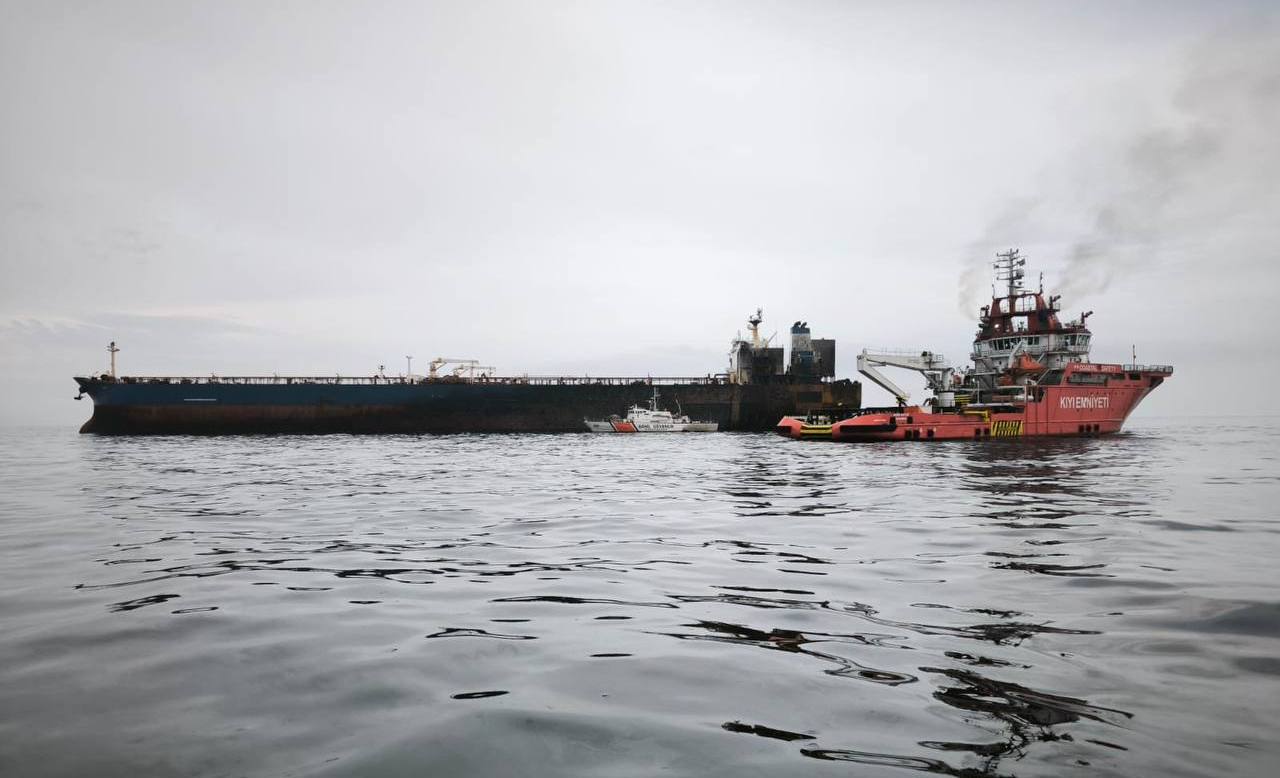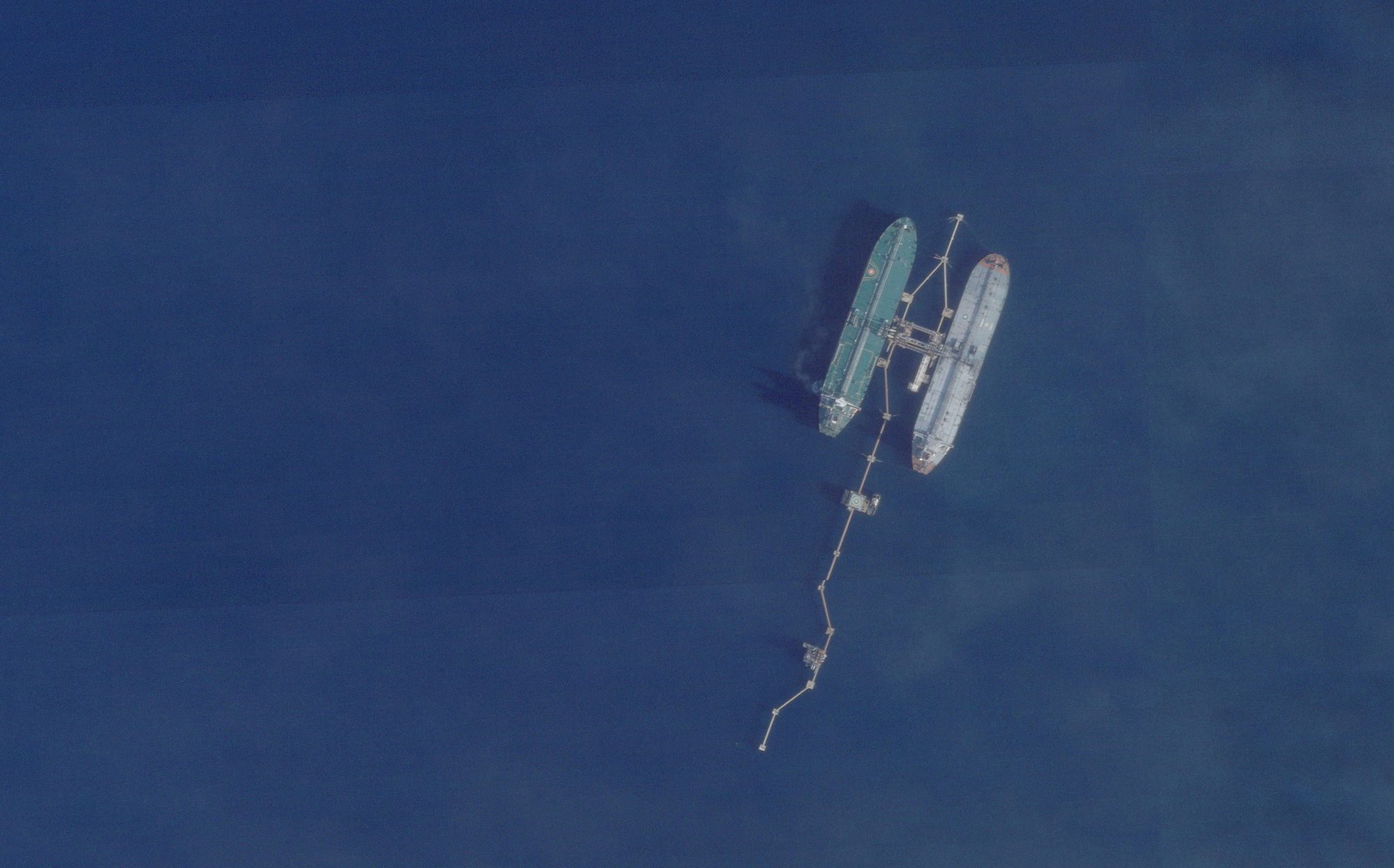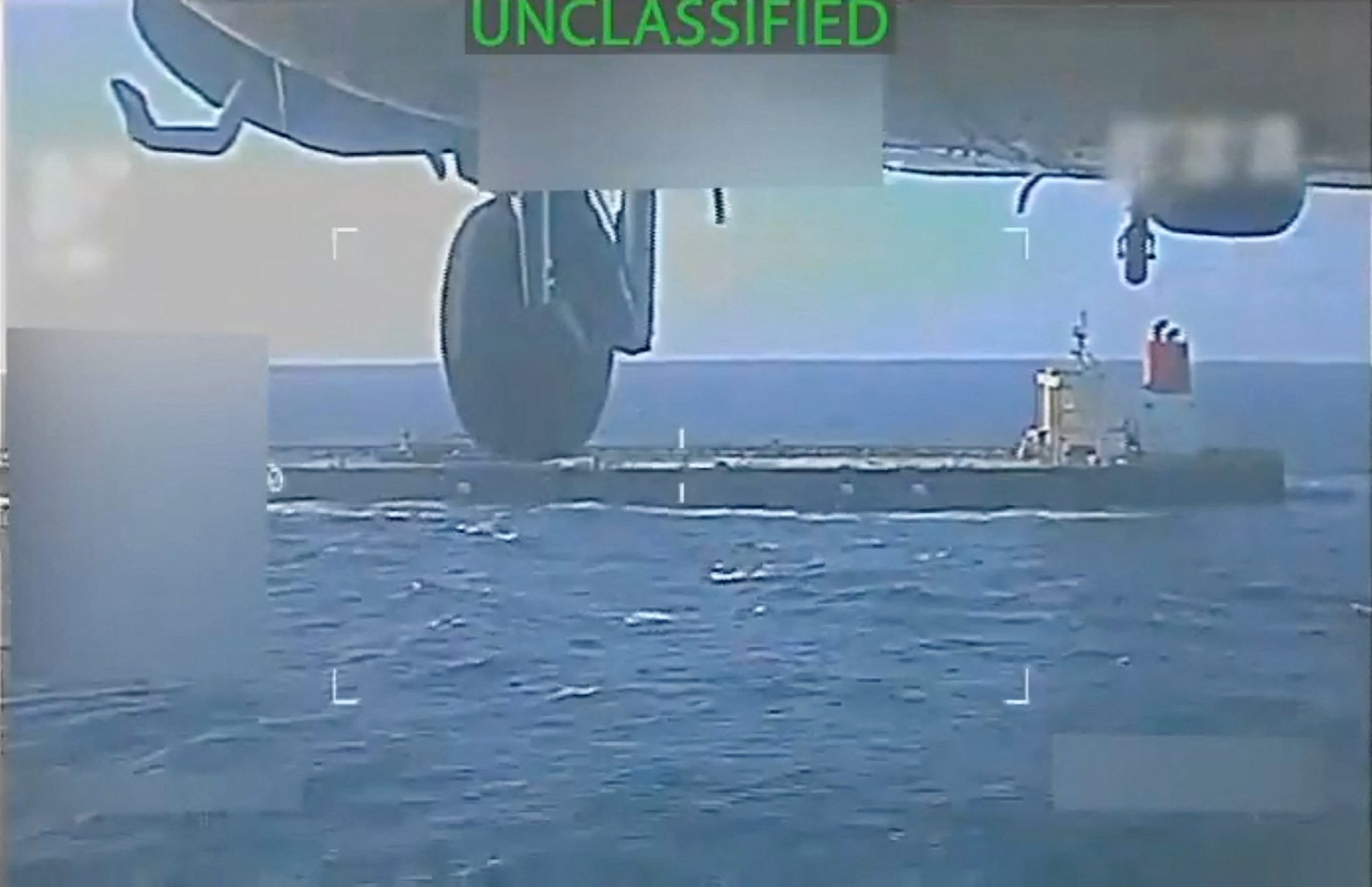By Bloomberg News (Bloomberg) Commodities traders are racing to capture a rare profit from shipping aluminum out of China as the war in Ukraine creates flash shortages for European manufacturers who usually depend on Russian supplies.
At least 20,000 tons of aluminum ingot has been exported out of Shanghai’s free-trade zone in recent weeks and is heading to customers in Europe, according to traders with knowledge of the matter.
The unusual shipments from the world’s biggest consuming nation have been made possible by a widening gap between futures prices in London and Shanghai. That’s been compounded by the surging additional premiums that buyers are paying to get hold of spot metal in ports like Rotterdam.
Even before Russia’s invasion of Ukraine, European buyers were facing a deepening aluminum shortage as soaring energy costs over the winter forced producers in the region to curb output. The risk of further smelter cuts is growing with power prices surging again in the wake of Moscow’s attack, while Russian flows are being throttled as shipping giants refuse to call at key ports such as St. Petersburg and Novorossiysk.
It’s a dramatic escalation of a global supply squeeze that’s hitting European buyers hardest as aluminum is pushed to record levels. Moreover, with global inventories running low, analysts and traders say the unusual flow of metal from China to Europe will only bring short-term relief while Russian shipments are hobbled. Further price spikes may be on the cards.
“The market so far is pricing in a short-term disruption, while the world is telling us it’s very likely going to be a long-term disruption,” Eoin Dinsmore, head of base metals demand and markets research at CRU Group, said by phone from London. “This is a major shock to aluminum supply, at a time when the market is literally the tightest it’s ever been.”
With China more comfortably supplied for now, it’s also become profitable to export copper out into Asian markets, while shipping out zinc may soon be commercially worthwhile too, Dinsmore said. That’s striking because China is a large net importer of both metals, and exports are typically only seen during periods of extreme supply stress overseas.
Chinese smelters are being spurred to ship copper as the arbitrage window opens, said Ji Xianfei, an analyst with Guotai Junan Futures Co. in Shanghai. It applies to tolling business, where imported raw materials are processed before being exported free of tax.
Even in aluminum, where China has historically produced much more than it consumes, it’s exceedingly rare for commodity-grade ingots to be shipped out of the country. That’s primarily because Beijing imposes a 15% duty on exports to discourage domestic smelters from producing more of the highly energy-intensive metal than the nation needs.
Currently, the only aluminum that can be shipped out profitably are cargoes originally imported from overseas that are still sat in China’s bonded import zones, exempting them from the export tariff, according to traders familiar with the deals. There is currently about 110,000 tons of aluminum in Shanghai bonded warehouses and about 27,000 tons in the Guangdong bonded zone, according to industry estimates.
Still, with aluminum prices surging to fresh highs in London and Shanghai prices rallying far less quickly, the trade is looking more attractive by the day, and traders and analysts expect to see more of the exceptional east-west metal flow. A similar dynamic is also playing out in Malaysia’s Port Klang, with traders chartering massive break-bulk vessels to move surplus aluminum stocks to Europe.
Despite sky-high global freight rates, the best hope of supply relief for European buyers is coming from stockpiles 6,000 miles (9,700 kilometers) away. While that reflects how critically depleted local inventories are, traders and analysts caution that the export window could soon snap shut, with Asian inventories at historically low levels too. That raises the potential for European consumers to be outbid by buyers closer to home.
“Exports would make sense, but with the amount of material in the bonded zone, it’s not going to be a big number,” CRU’s Dinsmore said.
© 2022 Bloomberg L.P.

 Join The Club
Join The Club










